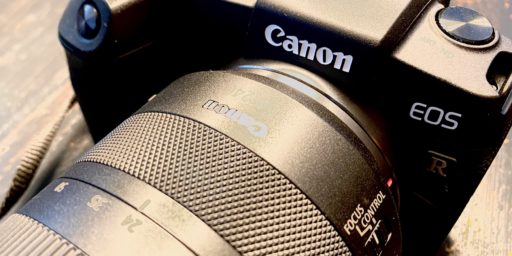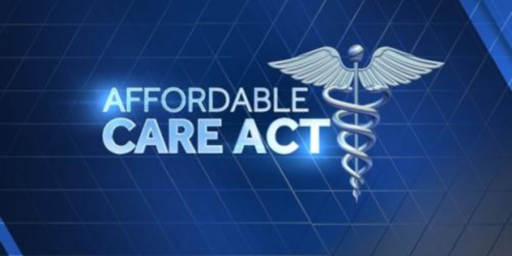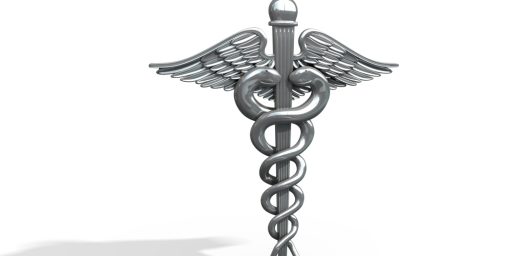Conductive Keratoplasty
NYT: To Read the Menu, Baby Boomers Turn to Eye Treatments [RSS]
Last month, the F.D.A. approved the latest surgical procedure, called conductive keratoplasty, to correct a common near-vision problem for people whose eyesight is otherwise excellent, in a minimally invasive way.
Unlike Lasik, the popular laser surgery, conductive keratoplasty procedures do not involve using lasers to change the shape of the eye. Instead, a tiny instrument applies radio waves in a circular pattern on the outer cornea, shrinking small areas of collagen, a fibrous protein found in connective tissue, bone and cartilage. The treatment increases the cornea’s curvature, improving near vision.
In the last few years, about three million people, as many as 5 percent of Americans with vision problems, have opted for Lasik surgery to correct nearsightedness, farsightedness and astigmatism. In Lasik, the surgeon cuts and pulls a flap in the cornea and then uses a laser to reshape the underlying tissue at a cost of up to $1,600 an eye. Neither Lasik nor conductive keratoplasty is covered by most insurance plans.
The latest procedure is only one of an array of new vision therapies, recently introduced or in late stages of development. They include improvements that make laser surgery machines more accurate and eliminate the knife blade typically used to prepare the eye, as well as a dozen new types of lens implants.
One new artificial lens mimics a healthy 20-year-old’s ability to see at both near and far distances. Others eliminate harmful high-spectrum blue light, reducing the need for sunglasses.
Scientific progress on this front has been simply amazing. We’ve gone from people relying on colonial era eyeglass technology to something that’s surpassing the imagination of science fiction writers over the last twenty years or so.
I had Lasik done a little over four years ago, after developing an allergy to contact lenses, and went from having to take an educated guess at that big “E” atop the eye charts to total independence from corrective lenses. It’s astounding to me that health insurance plans still act as if this is some sort of cosmetic surgery. Even from a business standpoint, it seems odd for plans that include vision care (as mine did), since the cost of glasses or contact lenses will eclipse that of the surgery in relatively short order.






Once someone invents something better than “flap-and-zap” for very near-sighted people like me, then I’ll get in line.
I am an FDA “guinea pig” for a procedure that (as far as I know) hasn’t been approved yet (G#d these things take forever!).
It’s called an implantable lens, and it is the same procedure used to implant a clear lens for cataract surgery, except that my natural lens was not removed, and the lens that was implanted is corrective (-16 diopters). The procedure was only done on my right eye (FDA protocol, only risk one eye at a time), so for the last 6 years I have had near perfect vision in one eye (20/40) while being extremely nearsighted in the other (20/800). I can wear a contact lens in the left eye, but for several years I went without and managed quite well.
I would be very happy to have the other eye done (the approval has progressed to the point where those of us who had one eye done have the option of having the other eye done) except for a few things:
1. The doctor who originally did it retired a couple of years ago. He offered to do it after he retired, but I would have had to hurry before his malpractice insurance ran out – I declined.
2. Cost – the second eye is not free, as far as I know it would be $2,000-$3,000
3. Silliest of all: I have spent my whole life extremely nearsighted, which is a pain in the butt, but did allow me to achieve near-bionicness when reading fine print or doing close up work. I can pretty much see the dots that make up the pictures in the newspaper, and it makes close-up needlework (which I like to do) a snap.
Now that I am in my mid-forties (I was 39 when the procedure was initially done) I have become far-sighted! Both in my operated-on eye and in my contact lens eye (when the lens is in). It is so completely bizarre to me to not be able to read small print, and it is a pain to take out the removeable contact lens in order to read something. My mother and I both have spent many decades whipping our glasses off to look at things up close – it would be truly weird to no longer have that option.
Funny the unintended consequences!
Yes, I could get a magnifying glass. . . .
Teri,
Or reading glasses. I’d think being able to see well when you’re not reading would outweigh the inconvenience, unless you’re reading/needlepointing ten hours a day or something. Especially if your current solution is taking out a contact lens and having to reinsert it!
—